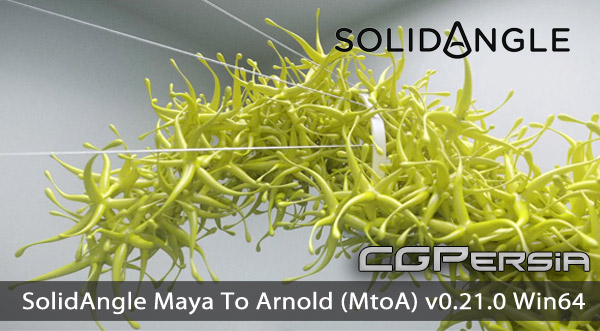
SolidAngle Maya To Arnold (MtoA) v0.21.0 Win64


In this project-based workshop, Joseph Labrecque teaches you how to use some of the more advanced features in Adobe Edge Animate 1.0, including responsive layout design, external data consumption, and dynamic content generation. You?ll also learn about using compositions on mobile devices, generating content from Flash Professional for use in Animate, and a variety of distribution mechanisms that go well beyond the standard web browser. All this will be demonstrated in the process of creating an animated logo, a responsive header, a dynamic slideshow, and more.

Advanced | 7h 48m | 4.56 GB | Project Files 3.03 GB | Required Software: Nuke 6.3
Continue Reading

Intermediate | 2h 19m | 1.82 GB | Project Files 10 MB | Required Software: CINEMA 4D
Continue Reading

Intermediate | 3h 44m | 3.07 GB | Project Files 12 MB | Required Software: CINEMA 4D R13
Continue Reading